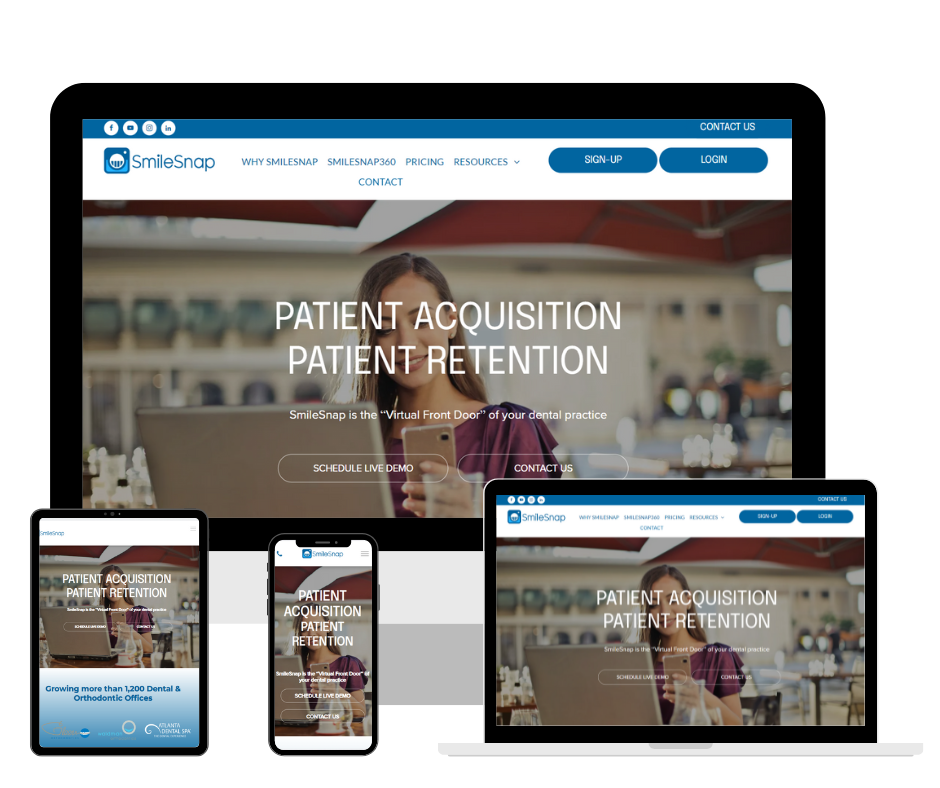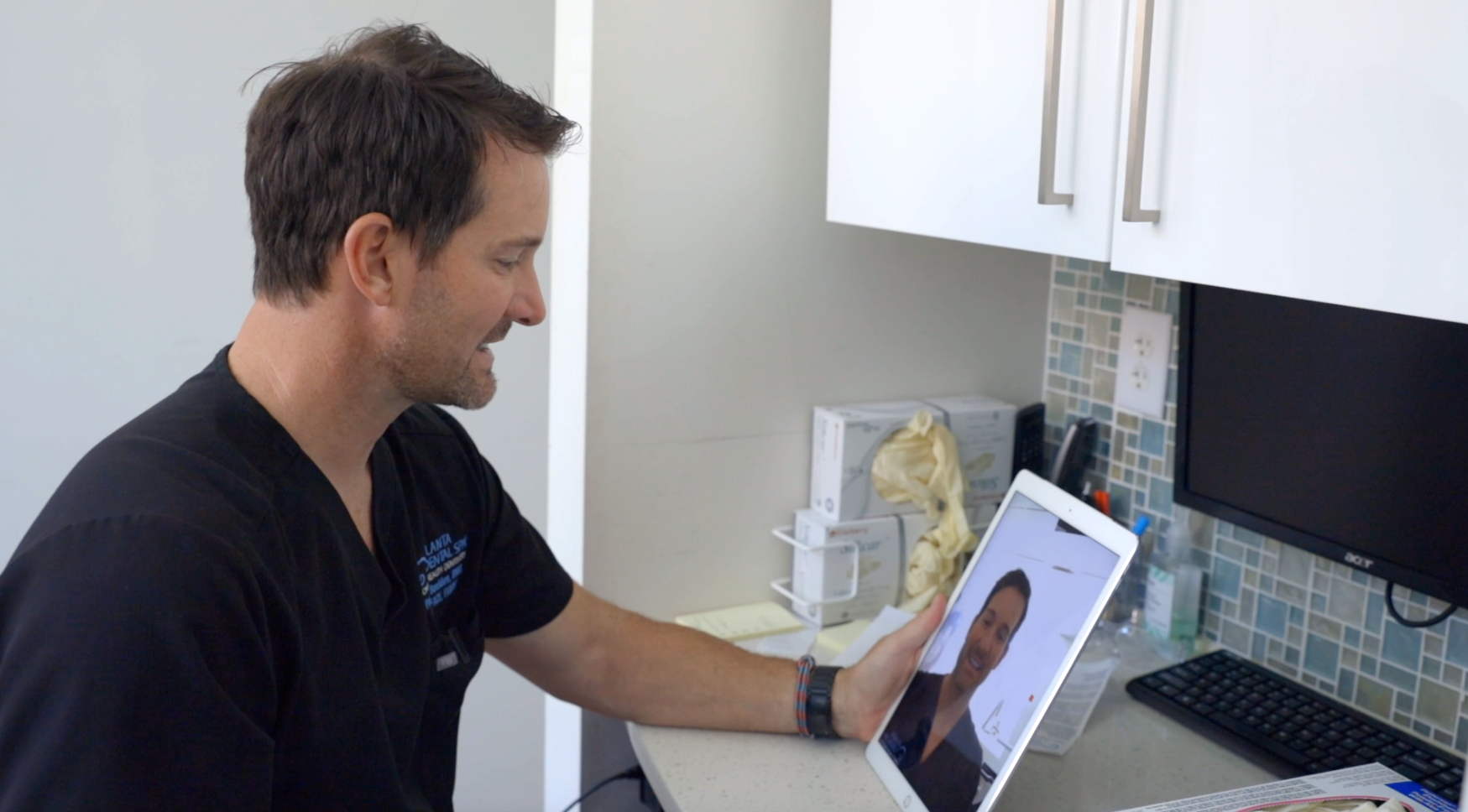What States Allow Teledentistry
Kenner Medina • January 13, 2025

You may be considering adding virtual consultations to your dental practice
or orthodontics practice but you dont know where to begin. Of course, you want to make sure you can legally operate (yes, you can). We went ahead and did all the research on it so you dont have to.
Common Teledentistry Regulations:
- Licensure Requirements: Most states require dentists and dental hygienists providing teledentistry services to hold a license in the state where the patient is located.
- Informed Consent: Many states mandate that providers obtain informed consent from patients before initiating teledentistry services.
- Standard of Care: Teledentistry must meet the same standard of care as in-person dental services.
- Record-Keeping: Providers are generally required to maintain detailed records of teledentistry interactions.
Key Differences Among States:
- Live Video vs. Store-and-Forward: Some states allow only live video consultations, while others permit "store-and-forward" methods (e.g., sending images or records for later review).
- Dental Hygienist Autonomy: In some states, dental hygienists may perform certain teledentistry procedures under varying levels of supervision.
- Prescriptions: Rules about prescribing medications via teledentistry differ by state.
If you need still have some questions, contact us
and someone from our team will be able to answer all your questions.
Sign Up for SmileSnap Today!
Register for Smilesnap Now!

One of the biggest mistakes practices make is relying on just one communication channel. Prospects differ—some prefer texting, others email, some want a quick video message. SmileSnap supports multiple channels, so you can reach leads where they’re most comfortable. When a new lead is captured, you can trigger a mix of messages—SMS, email, video — to reinforce engagement. For instance, if someone doesn’t respond to an email, the system can send an SMS reminder. You can also use video replies to add a human touch and build rapport instantly. Because responsiveness matters so much, this flexibility often increases reply rates and helps move leads toward booking. By logging all communications, your team always has context and avoids duplication. You eliminate “dead ends” where a prospect falls through because you used only one method. The result is a more connected, patient-friendly experience—and higher conversion rates .

The hardest step is turning a lead into a booked patient. SmileSnap’s tools are built to make that path as frictionless as possible. After capturing and prequalifying a lead, your team can send tailored content to build confidence and reduce hesitation. Whether it’s FAQs, treatment previews, or personalized videos, you control the nurture flow. You can also integrate scheduling so that once a prospect is ready, they can book directly, avoiding back-and-forth phone calls. Smart reminders and gentle nudges help reduce drop-offs. Because many practices using SmileSnap report conversion rates above 90%, the data shows this approach works. The conversion process becomes more scalable: rather than trying to manually manage every lead, the system does much of the heavy lifting. With analytics available, you can see which messages, timing, or lead sources convert best—and double down on what works. SmileSnap helps you convert more leads into patients with less manual effort.
